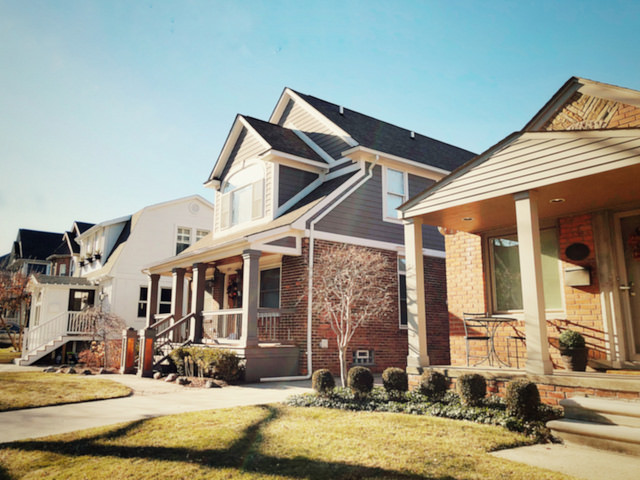When the coronavirus pandemic began in mid-March, there were understandable concerns about how it would affect the housing market. But fortunately, though activity did fall, it rebounded just as quickly. Home buyers who delayed their plans adapted to new safety regulations and resumed their home search. But while buyers were quick to get back into the market, home sellers didn’t rebound quite as fast. The number of newly listed homes for sale lagged and it resulted in more competition among buyers, upward pressure on prices, and an increase in bidding wars. But according to the most recent Weekly Recovery Report from the National Association of Realtors’ consumer website, things may finally be turning around. In fact, the report, which covers numbers through the week ending August 8, found new listings grew passed their pre-pandemic baseline for the first time since the coronavirus’ onset. Javier Vivas, director of economic research for the site, says seller confidence has reached an important milestone. “Seller confidence has been improving gradually after reaching its bottom in mid-April, and now it appears to have reached an important recovery milestone,†Vivas said. “After five long months, sellers are back in the housing market.†(source)











